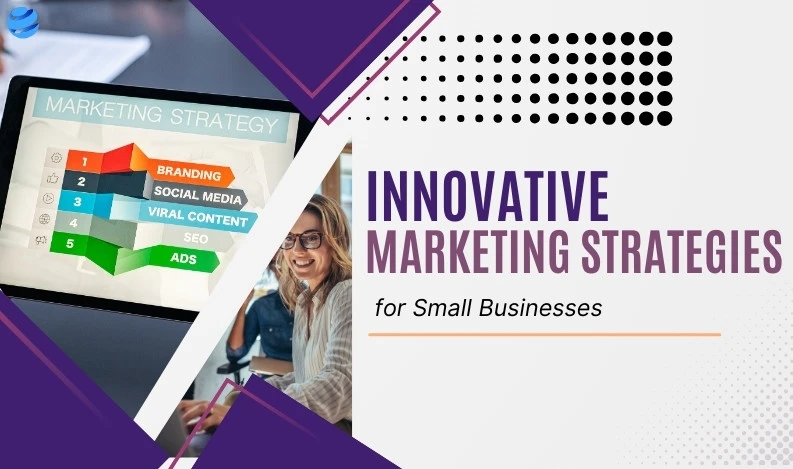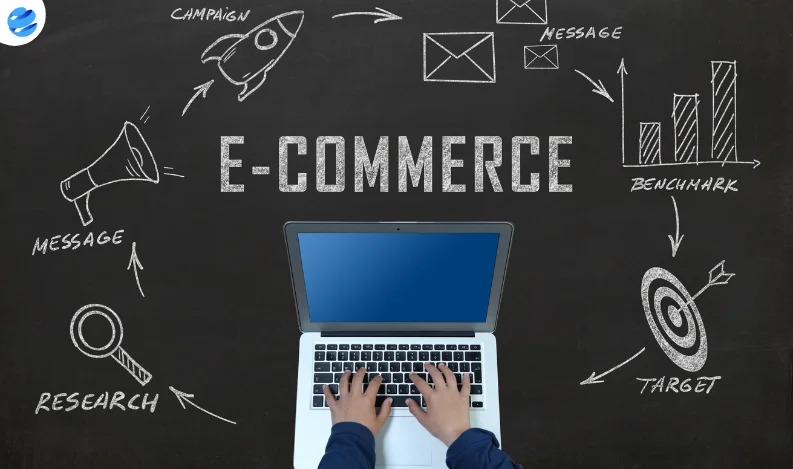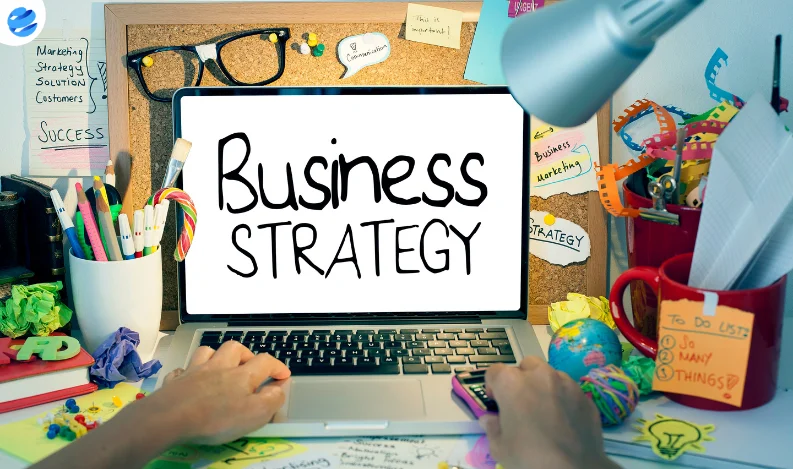Small businesses often face tough competition from larger companies. However, with the right marketing strategies, they can succeed and even thrive. This blog explores various innovative marketing techniques that are simple yet effective for small businesses.
Understanding Your Audience
To market effectively, it is crucial to understand your audience. Knowing who they are and what they like can help you reach them better.
Identify Your Target Audience
Age: Determine the age group of your customers. Are they children, teenagers, adults, or seniors?
Interests: Know what interests them. Do they like sports, reading, fashion, or technology?
Location: Find out where they live. Are they in urban areas, rural areas, or specific regions?
Needs: Understand their needs and wants. What problems do they need solving? What products or services can you provide to meet their needs?
Create Customer Profiles
Creating profiles of your ideal customers can help you tailor your marketing efforts. A customer profile includes details such as:
Name
Age
Gender
Interests
Occupation
Location
These profiles help you understand your customers better and create targeted marketing campaigns.
Building a Strong Online Presence
In today's digital age, having a strong online presence is essential for any business.
Develop a Website
A website acts as your business's online home. Ensure it is user-friendly, informative, and visually appealing. Your website should include:
Home Page: Introduce your business and its offerings.
About Us: Share your business story and values.
Products/Services: List and describe what you offer.
Contact Information: Provide ways for customers to reach you.
Use Social Media
Social media platforms are great for reaching a large audience. Here are some popular platforms and how to use them:
Facebook: Share updates, engage with customers, and join groups related to your industry.
Instagram: Post pictures and videos of your products. Use hashtags to reach a wider audience.
Twitter: Share quick updates, news, and engage in conversations with followers.
LinkedIn: Network with professionals and share industry-related content.
Content Marketing
Content marketing involves creating valuable content to attract and engage customers.
Start a Blog
A blog can attract more visitors to your website. Write about topics related to your business and industry. For example:
Tips and How-Tos: Provide helpful tips and guides related to your products or services.
Industry News: Share the latest news and trends in your industry.
Customer Stories: Share success stories and testimonials from your customers.
Create Videos
Videos are engaging and can explain your products or services better. You can create:
Product Demos: Show how to use your products.
Behind-the-Scenes: Give a glimpse of your business operations.
Customer Testimonials: Feature satisfied customers sharing their experiences.
Use Infographics
Infographics make complex information easy to understand. They are visually appealing and can be shared on social media and your website.
Email Marketing
Email marketing is a direct way to reach your customers.
Build an Email List
Collect email addresses from your customers. You can do this by:
Offering a Discount: Provide a discount in exchange for their email address.
Running a Contest: Collect emails as part of the contest entry process.
Using Sign-Up Forms: Place sign-up forms on your website and social media pages.
Send Newsletters
Keep your customers informed about new products, offers, and updates through newsletters. Make sure your newsletters are:
Informative: Provide valuable information.
Engaging: Include visuals and links to your website.
Regular: Send them out consistently, whether weekly, bi-weekly, or monthly.
Personalised Emails
Send personalised emails to make your customers feel special. Use their names and tailor the content based on their preferences and purchase history.
Partnerships and Collaborations
Collaborating with other businesses can expand your reach and attract new customers.
Partner with Local Businesses
Work with local businesses to promote each other. For example:
Joint Promotions: Offer combined discounts or packages.
Cross-Promotion: Promote each other’s businesses on social media and websites.
Events: Co-host events and invite each other’s customers.
Influencer Collaborations
Partner with influencers to reach a wider audience. Influencers can:
Review Your Products: Share their experiences with your products.
Create Content: Produce content featuring your products.
Host Giveaways: Run giveaways with your products to engage their followers.
Offer Promotions and Discounts
Promotions and discounts can attract new customers and retain existing ones.
Seasonal Sales
Offer discounts during festive seasons and holidays. For example:
Christmas Sales: Offer special discounts and promotions.
Back-to-School Sales: Provide discounts on school-related products.
Summer Sales: Promote summer-themed products at a discount.
Loyalty Programs
Reward your loyal customers with special offers. This can include:
Points System: Give points for every purchase that can be redeemed later.
Exclusive Discounts: Offer discounts only for loyal customers.
Early Access: Allow loyal customers to access new products before others.
Referral Programs
Encourage your customers to refer others by offering them incentives. For example:
Discounts: Provide a discount for each successful referral.
Free Products: Offer free products or samples for referrals.
Points: Give points that can be redeemed for rewards.
Customer Engagement
Engaging with your customers helps in building a strong relationship and increasing loyalty.
Respond to Feedback
Listen to your customers' feedback and respond promptly. This shows that you value their opinions and are willing to make improvements.
Use Surveys
Conduct surveys to understand your customers' needs better. Ask for their opinions on:
Products/Services: What do they like or dislike?
Customer Service: Are they satisfied with the service?
Improvements: What can be improved?
Host Events
Organise events to engage with your customers directly. This can include:
Product Launches: Introduce new products to your customers.
Workshops: Teach your customers how to use your products.
Meet-and-Greet: Allow customers to meet you and your team.
Utilising Technology
Use technology to streamline your marketing efforts and reach a wider audience.
Marketing Automation
Automate your marketing tasks to save time and effort. This can include:
Email Campaigns: Automate sending emails based on customer actions.
Social Media Posts: Schedule posts in advance.
Customer Segmentation: Automatically segment customers based on their behaviour.
Customer Relationship Management (CRM)
Use CRM software to manage your customer interactions. A CRM can help you:
Track Customer Interactions: Keep a record of all interactions with your customers.
Manage Leads: Track and manage potential customers.
Analyse Data: Get insights into your customers' behaviour and preferences.
Monitoring and Analysis
Monitoring your marketing efforts helps you understand what works best and where improvements are needed.
Use Analytics Tools
Tools like Google Analytics can help you track your website's performance. You can monitor:
Website Traffic: See how many people visit your website.
Visitor Behaviour: Understand how visitors interact with your website.
Conversion Rates: Track how many visitors turn into customers.
Adjust Strategies
Based on the analysis, adjust your marketing strategies for better results. For example:
A/B Testing: Test different versions of a marketing campaign to see which performs better.
Customer Feedback: Use feedback to improve your products or services.
Market Trends: Stay updated with the latest market trends and adapt accordingly.
Conclusion
Innovative marketing strategies can help small businesses compete with larger companies. By understanding your audience, building a strong online presence, and engaging with your customers, you can achieve success. Always keep an eye on your performance and be ready to adapt to new trends.
You may also like:-
How to Start a Successful Online Business from Scratch
This blog will explore breakthrough marketing strategies that small businesses can use to gain a competitive edge. By focusing on both innovative digital techniques and creative traditional approaches, the blog will provide practical insights to help small businesses increase visibility, engage customers, and drive sustainable growth. Whether you’re just starting out or looking to revamp your marketing efforts, these strategies will empower your business to thrive in today's dynamic market.














